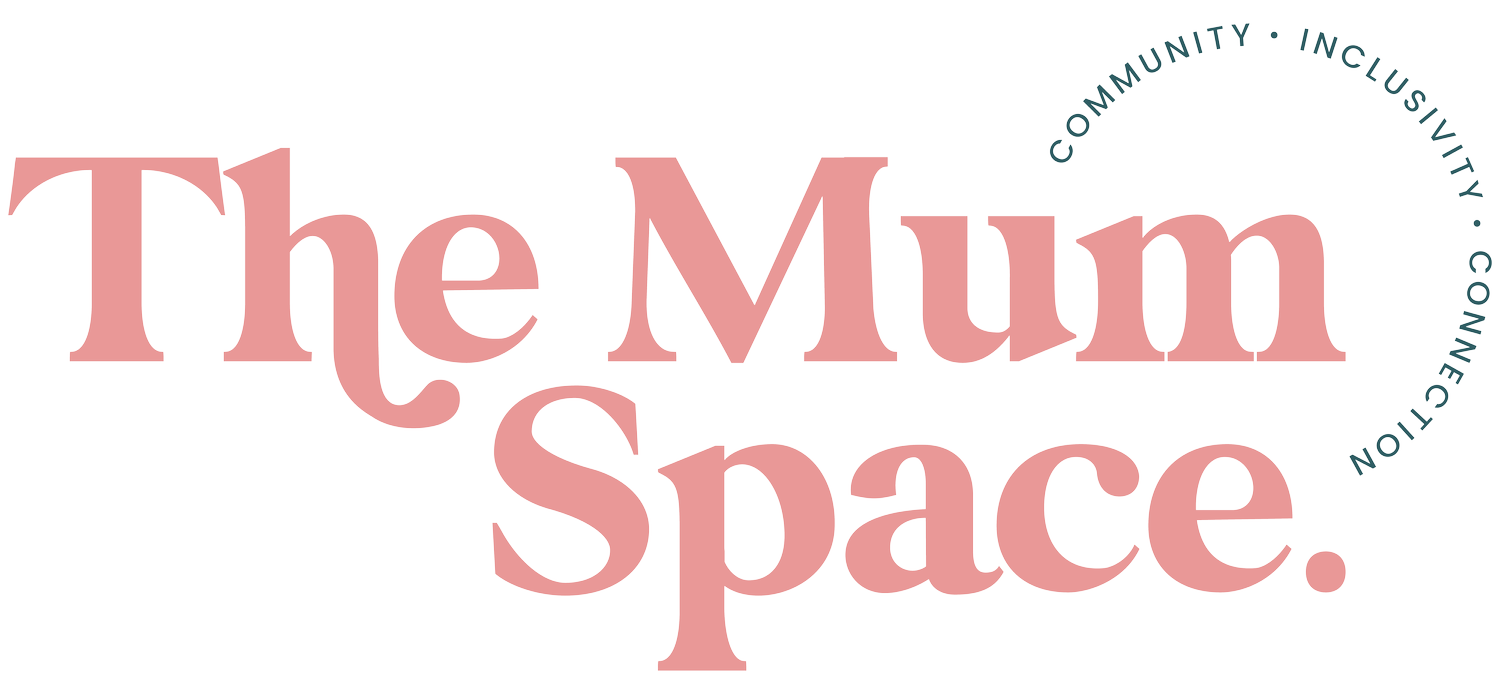Safer sleep: Everything you need to know.
As a parent, creating a safe sleep environment for your baby is paramount, and understanding the guidelines set forth by trusted organisations is crucial. In the UK, The Lullaby Trust is at the forefront of promoting safe sleep practices for infants.
Here's our ultimate guide to ensuring your baby sleeps soundly and safely:
Back to Sleep:
Place your baby on their back to sleep, whether it's for a nap or during the night. This position significantly reduces the risk of Sudden Infant Death Syndrome (SIDS).
Firm and Flat Surface:
Always use a firm and flat mattress in your baby's cot or crib. Avoid soft surfaces such as sofas, armchairs, or waterbeds.
Clear the Cot:
Keep the sleep environment clutter-free. Remove soft toys, pillows, and loose bedding. Cot bumpers are not recommended, as they pose a suffocation risk.
Appropriate Sleepwear:
Dress your baby in one more layer than you would wear, using lightweight and breathable materials like cotton. Overheating is a risk factor for SIDS, so finding the right balance is crucial.
Optimal Room Temperature:
Maintain a room temperature between 16-20°C (61-68°F). Regularly check your baby's neck or back to ensure they are not too hot or too cold.
No Smoking Zone:
Keep your baby's sleep environment completely smoke-free. Exposure to tobacco smoke is a significant risk factor for SIDS.
Breastfeeding and Pacifiers:
Breastfeeding is associated with a reduced risk of SIDS. If possible, breastfeed your baby. We know not every Mummy can or chooses to, if you don’t breastfeed, using a dummy during naps and bedtime can also contribute to a lower risk.
Supervised Tummy Time:
Incorporate supervised tummy time when your baby is awake to promote the development of neck and shoulder muscles.
Regular Check-ins:
Always check on your baby regularly during sleep, ensuring they are breathing comfortably and maintaining a safe sleep position.
Follow NHS Guidance:
Stay up-to-date with the latest guidance from the National Health Service (NHS) and The Lullaby Trust. Guidelines may evolve, so being informed is essential for creating a safe sleep environment.
Swaddling:
If you choose to swaddle your baby, ensure it's done correctly. Use lightweight blankets and leave enough room for movement, allowing your baby's hips to remain in a natural position.
Place Your Baby's Feet at the Foot of the Cot:
Position your baby with their feet at the foot of the cot to prevent them from wriggling down under the bedding.
Avoid Overly Soft Mattresses:
While it's essential to have a firm mattress, be cautious about using overly soft or saggy mattresses, as they can increase the risk of suffocation.
Educate Caregivers and Babysitters:
Ensure that anyone caring for your baby, including grandparents and babysitters, is aware of and follows the safe sleep guidelines recommended by The Lullaby Trust.
Use a Baby Sleep Bag:
Consider using a baby sleep bag or wearable blanket instead of loose bedding. This helps keep your baby warm without the risk of covers being pulled over their face.
Create a Consistent Sleep Routine:
Establishing a consistent sleep routine can help signal to your baby that it's time for sleep. This routine can include activities like a warm bath, gentle rocking, or a lullaby.
Safe Co-sleeping Practices:
If you choose to co-sleep, ensure you follow safe co-sleeping practices, such as using a co-sleeper bassinet attached to your bed and avoiding soft bedding.
Monitor Your Baby's Development:
As your baby grows, their sleep needs and preferences may change. Pay attention to their cues and adjust the sleep environment accordingly.
Seek Professional Advice:
If you have concerns or questions about your baby's sleep, don't hesitate to seek advice from healthcare professionals. They can provide guidance tailored to your baby's specific needs.
Stay Informed:
Keep yourself informed about any updates or changes to safe sleep guidelines. The field of infant sleep safety evolves, and staying up-to-date ensures you provide the best care for your baby.
Remember, each baby is unique, and what works for one may not work for another. Trust your instincts as a parent and adapt these guidelines to suit your baby's individual needs. Creating a safe sleep environment is an ongoing process, and staying informed is key to ensuring your baby's well-being.

